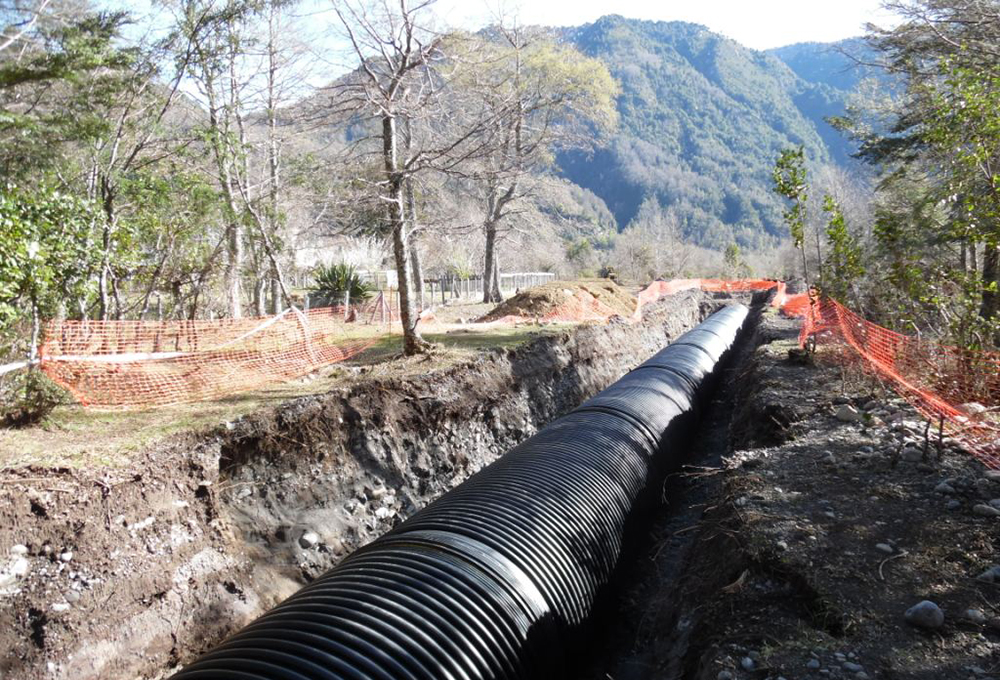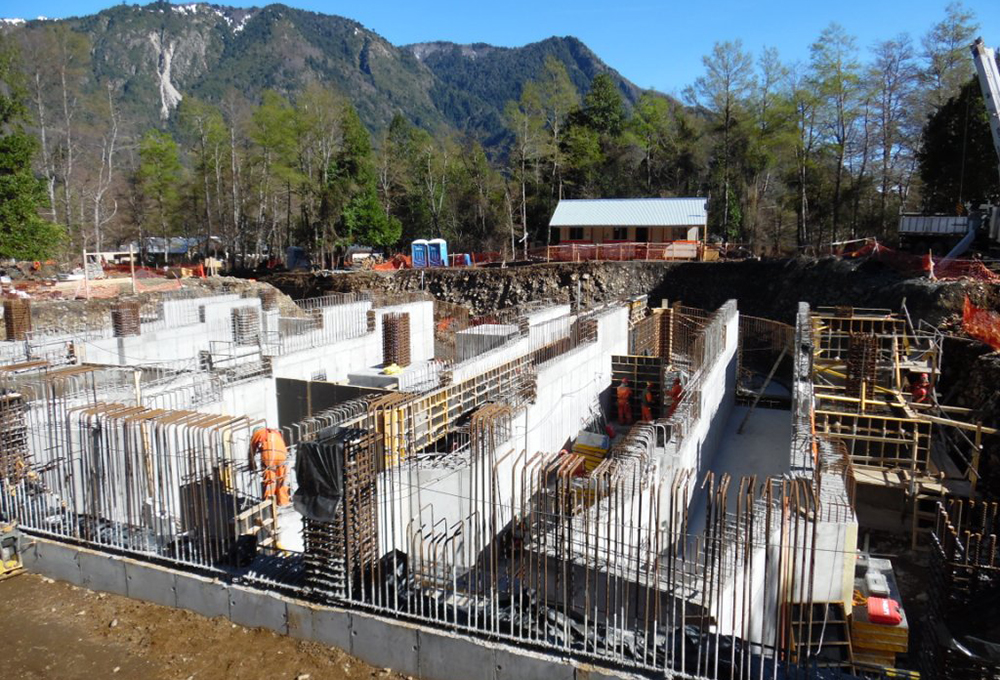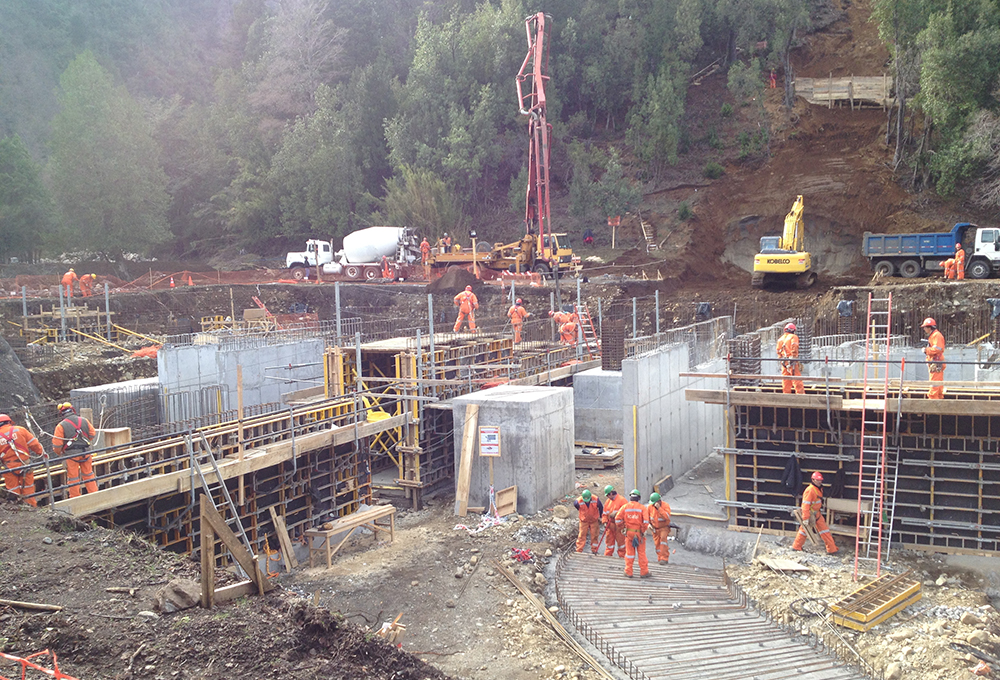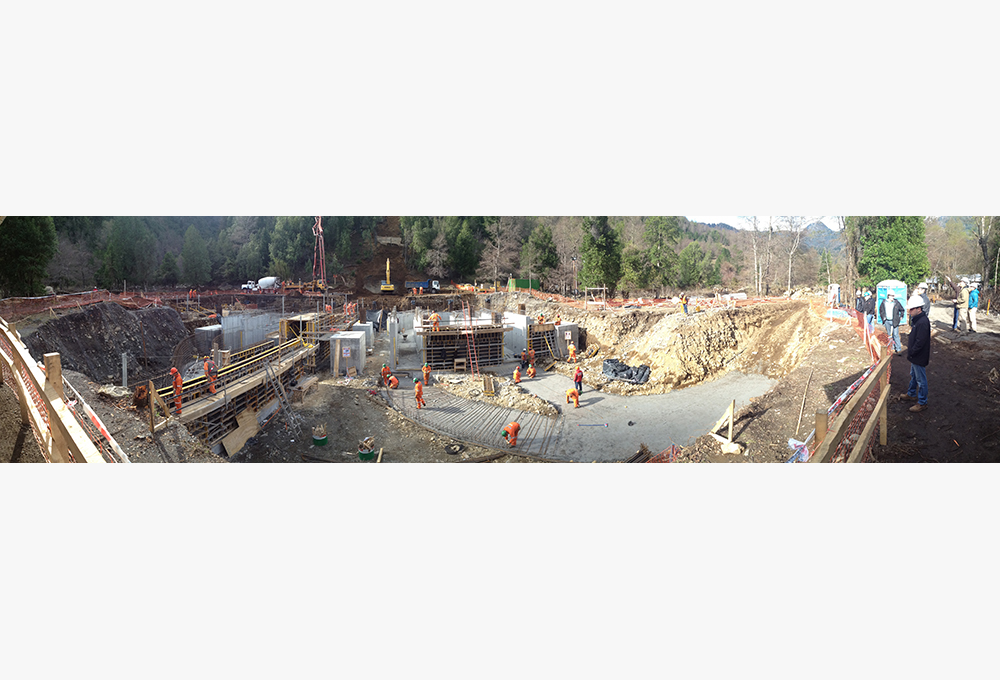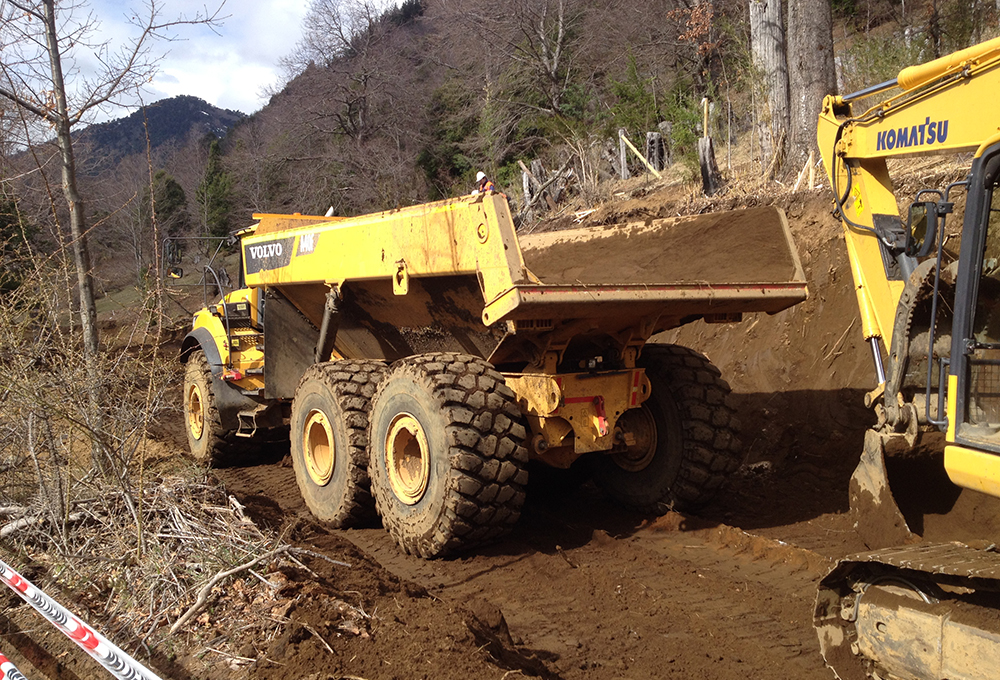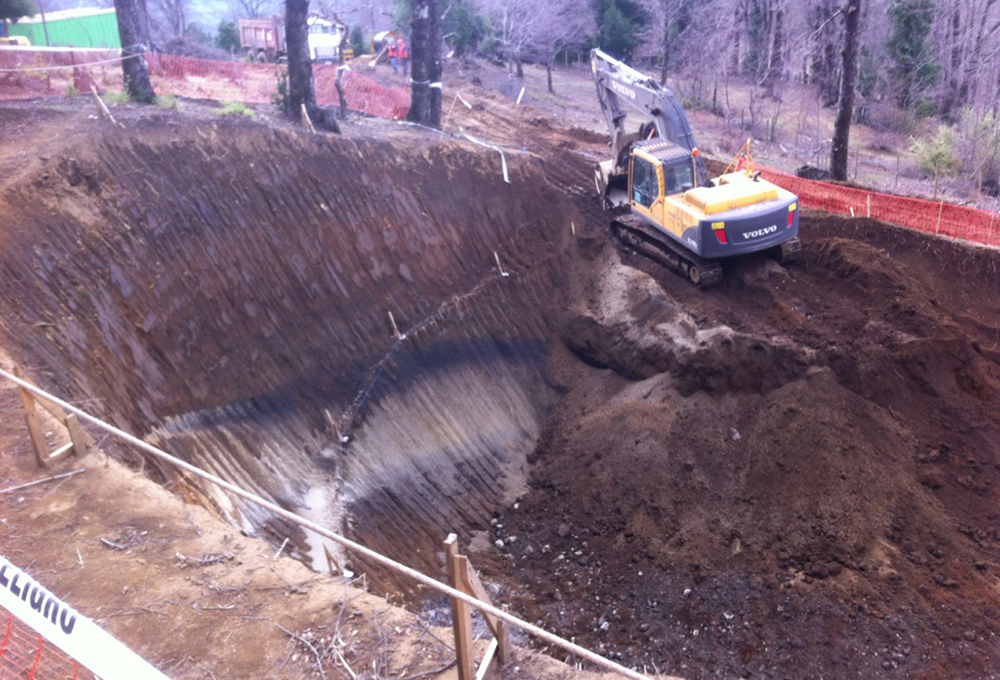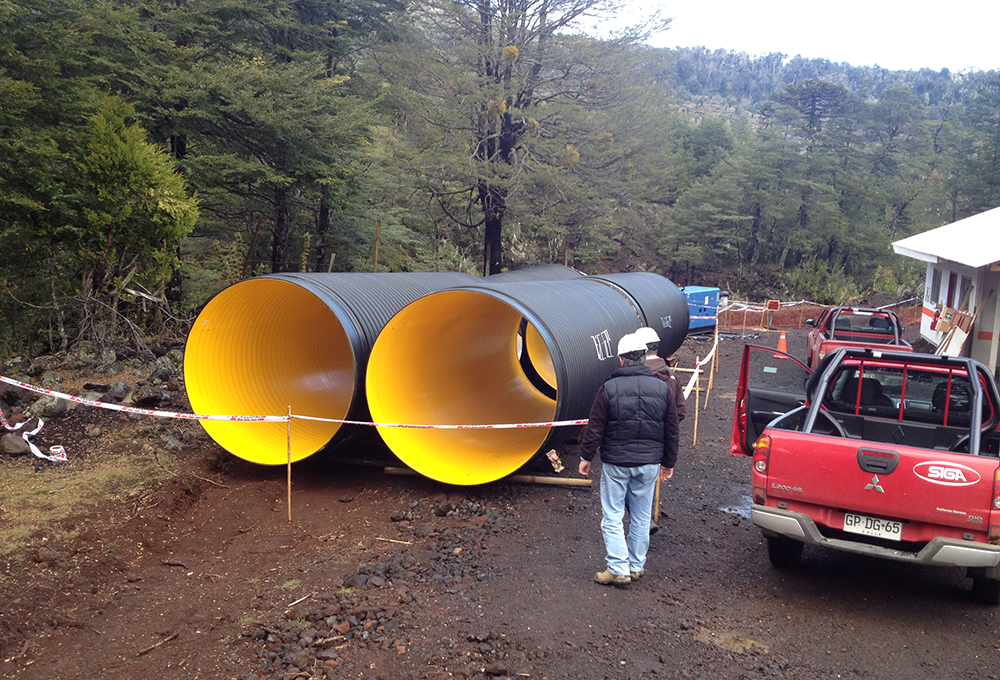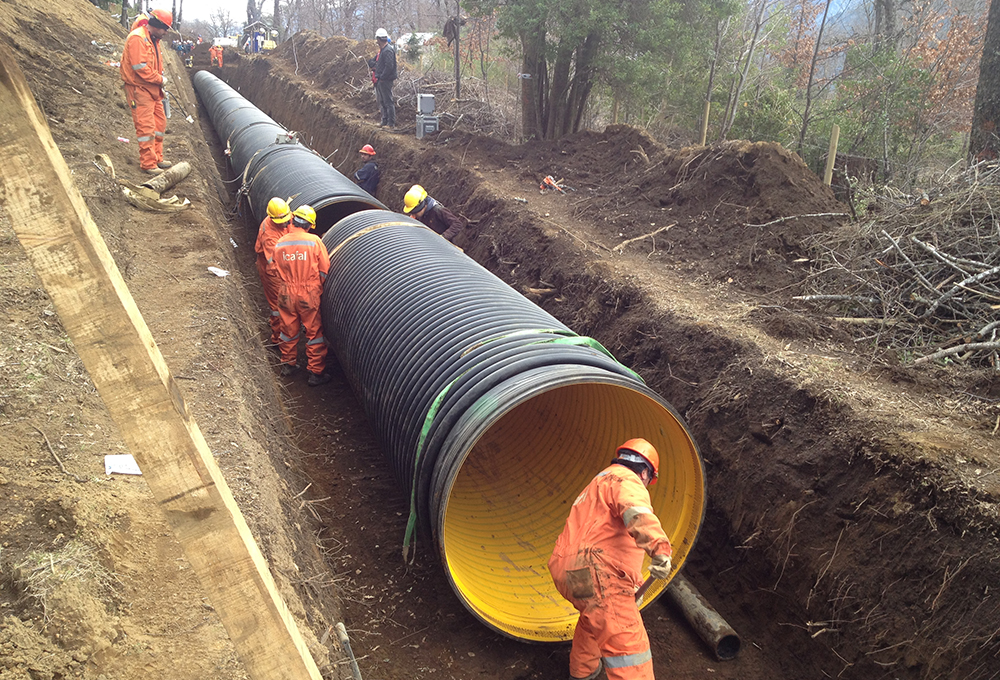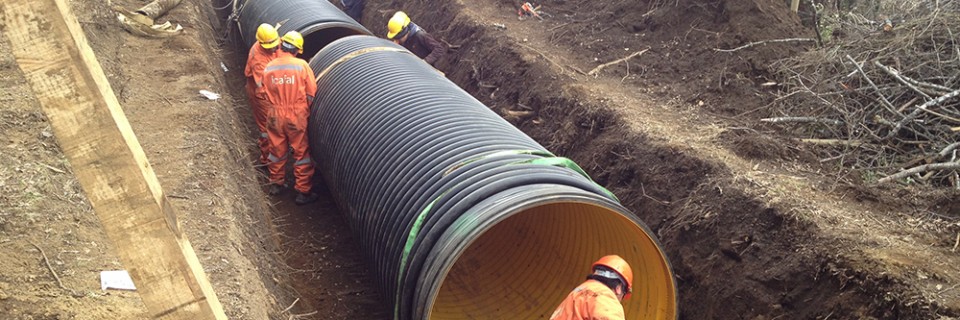Research director:
Dr. Andreas Georgoulias
Research core team:
Cristina Contreras, ENV-SP
Judith Rodriguez, ENV-SP
Case study written by:
Fabiola Guzmán Rivera, Master in Architecture I 17´
Editors:
Laurel Schwab, Masters in Urban Planning 16′
Anthony Stahl, MDesS Real Estate and the Built Environment 16´
US $54 million investment
20 MW in Carilafquén River
9,2 MW in Malalcahuello River
2,400 meters above sea level
The project involves the construction of the hydroelectric power plants of Carilafquén and Malalcahuello, both located in the Araucanía region in Chile. The main purpose of both plants is to generate electric energy by profiting from the hydraulic potential of the rivers Carilafquén and Malalcahuello. These power plants located in the Melipeuco commune constitute an investment of US $54 million. The company Latin America Power (LAP) is the owner and manager of this project. The power plant, located in the Carilafquén River will have an output of 19,8 MW, whereas the plant located in the Malalcahuello river will reach approximately 9,2 MW. Both plants are located in a site that takes advantage of the geographical slopes to augment the overall performance of the power stations. The social impact in the area has been minimized through a collaborative approach among all the existing stakeholders located in this highly sensitive area, including indigenous communities located in the indirect area of influence.
